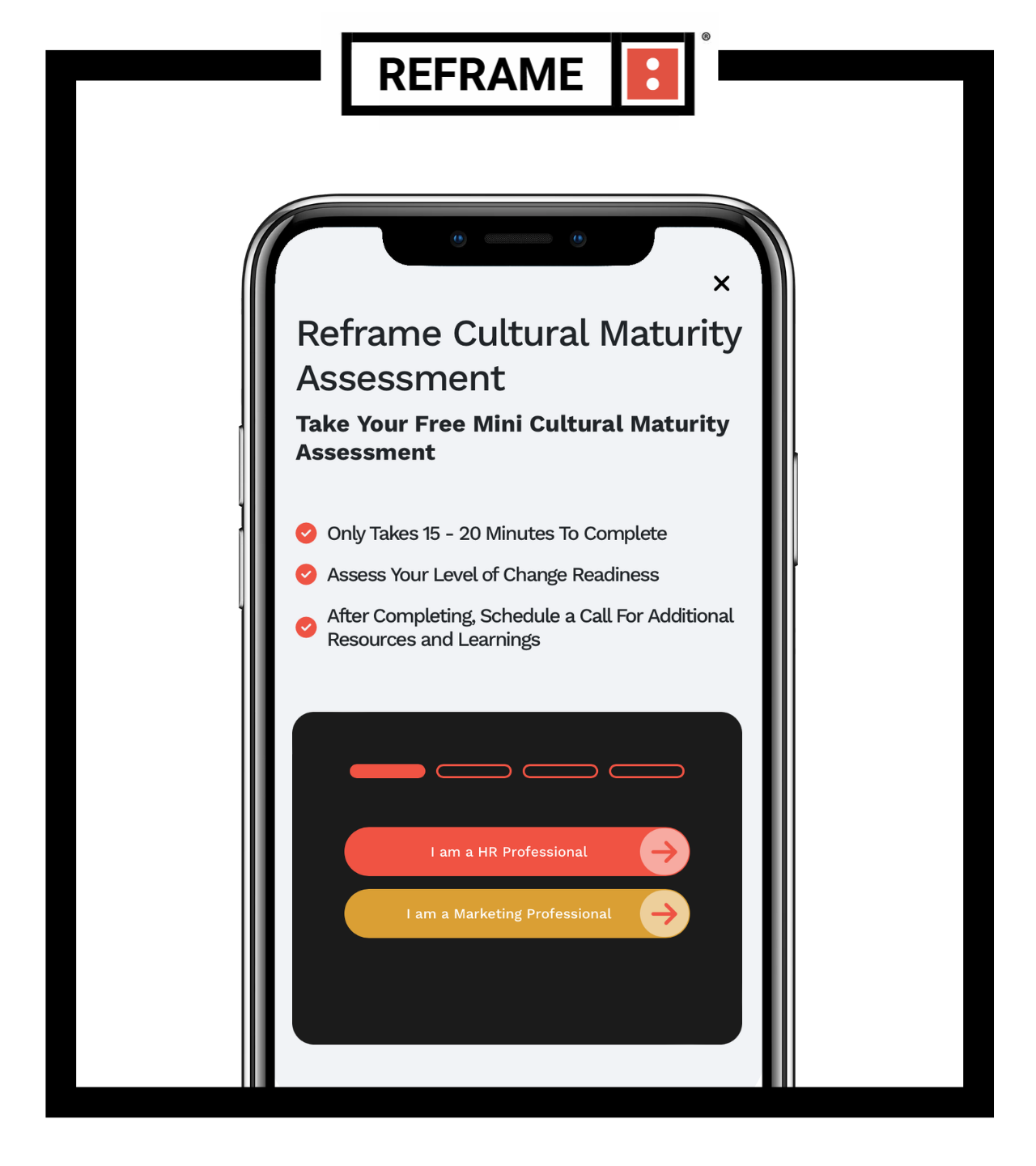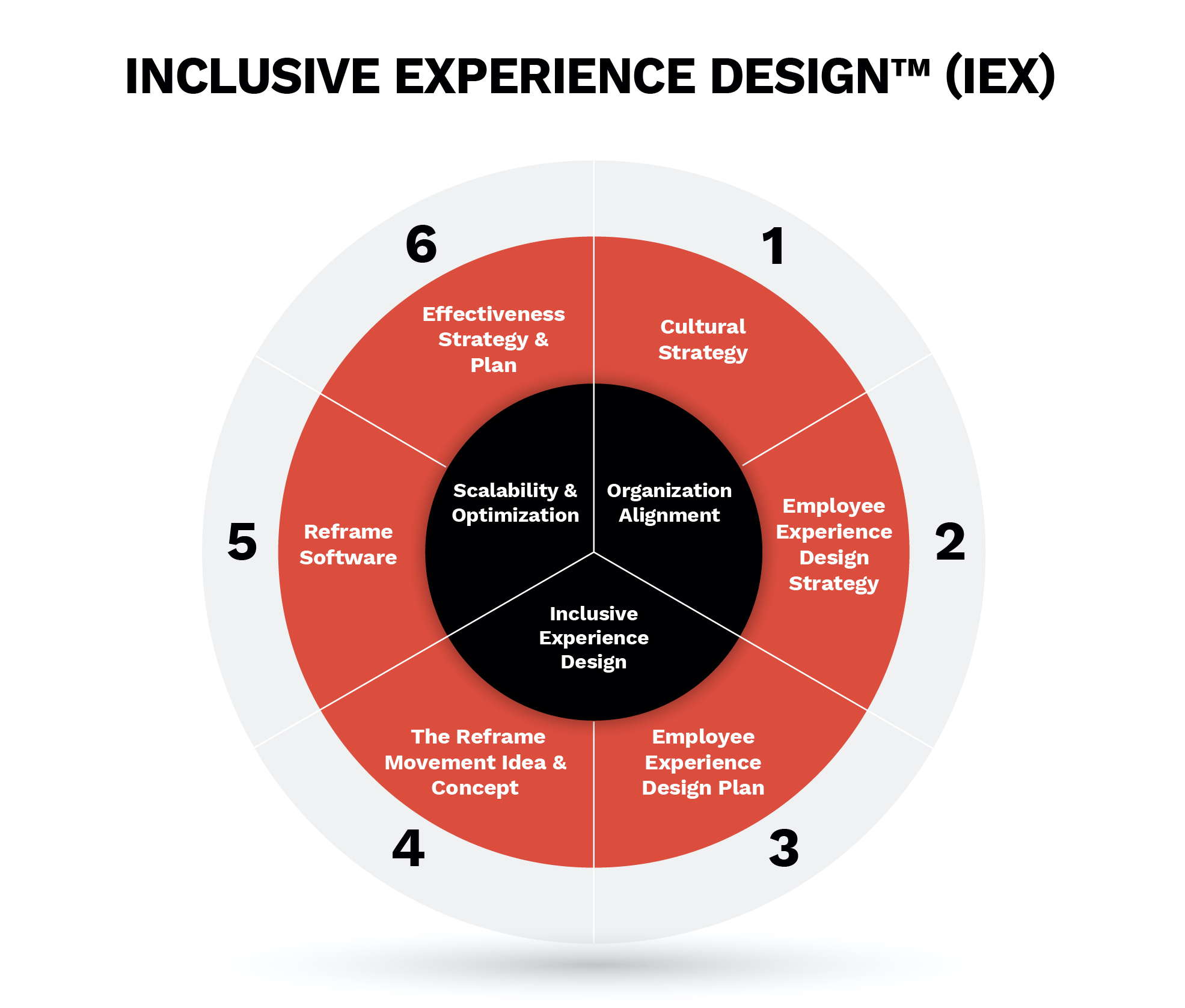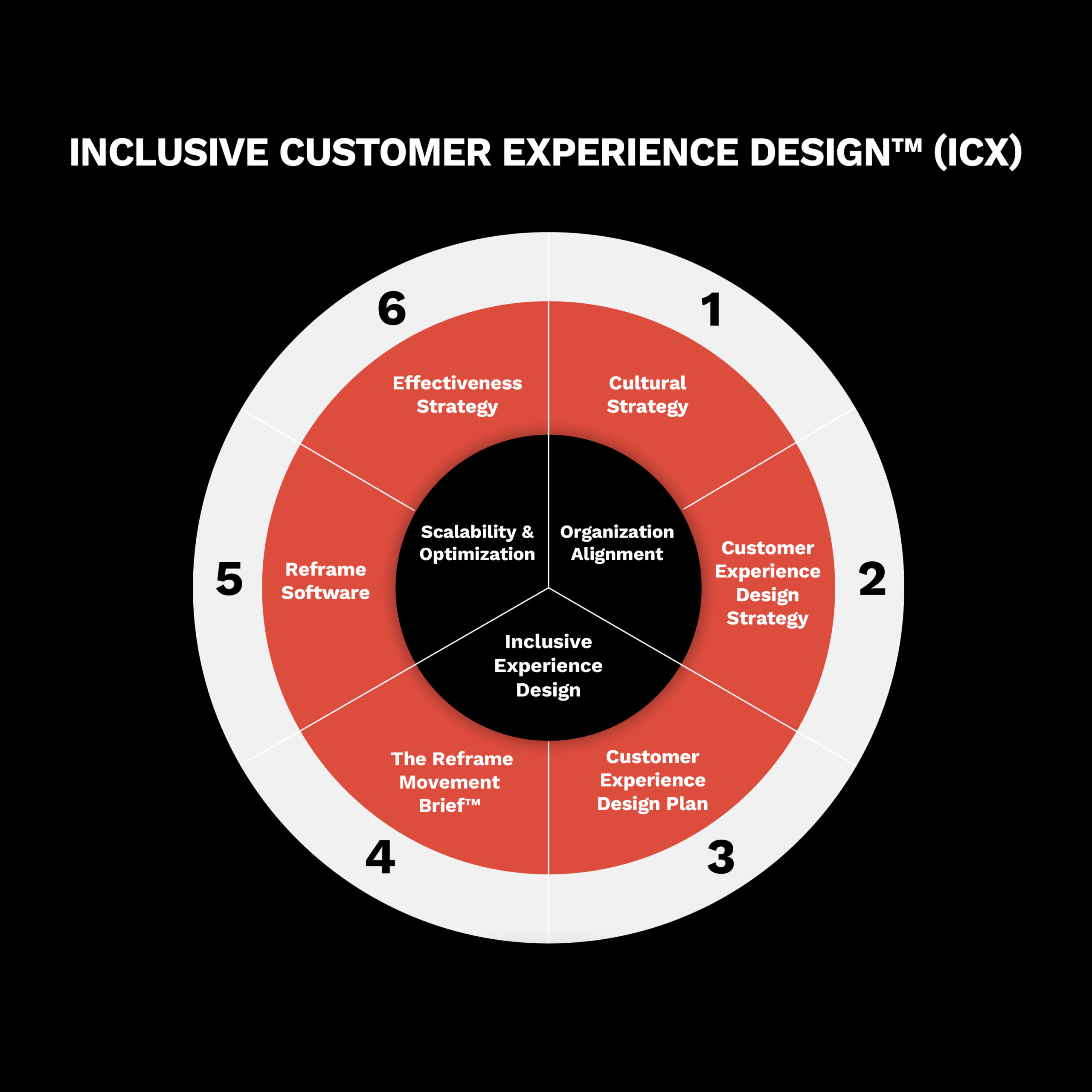Cultural Maturation Phase I: The Forming Stage
Getting Started…The Forming Stage
Overview –
In our prior post we outlined the necessity behind examining your company to evaluate how prepared your employees truly are. But how do you assess whether your workplace and go-to-market approach is new marketplace ready? And what metrics do we use to understand where your organization falls on the spectrum of cultural maturity?
Phase I – The Forming Phase
A company in Phase I of its cultural maturation journey is one that has little or no awareness of the new marketplace. This is separate from intent. A Phase I organization simply lacks the enterprise Structure, Segments, Strategy, Systems and Solutions required for the workplace to catch up with the new marketplace.
It is for this reason that we refer to Phase I as “The Forming Stage.” At the forming stage, the organization has either not fully recognized gap between their workplace and the new marketplace OR they have yet to begin to understand their new marketplace opportunity.
Symptoms –
Little to no collaboration in the annual planning cycle.
Little to no framework for growth opportunities with ethnic, racial and gender hyper growth segments.
Little to no commonly acceptable nomenclature to describe the problem set or the market potential.
Little to no communication of the need for growth at the employee level.
Little to no support at the executive levels.
Examples –
Many start-ups ironically find themselves in the same forming stage as large enterprises that they may consider “out of touch” or “antiquated.” This is because both lack the time, attention, awareness, or tools necessary to move onto a more culturally mature stage.
Valuation of Segments.
When a brand is in the forming stage, there is little recognition of hyper growth segments. This is often because growth recognition is purely based on volume. A company in the forming stage lacks the benefit of the necessary customer data. As no investment has been made to aid in appropriate segmentation, the segments are routinely overlooked or misunderstood, and thus under or misaddressed.
Structure.
Because growth is measured solely based on volume, there is little organizational capacity to understand, much less pursue the new marketplace opportunity. This focus on volume dictates that the financial department control the planning and allocation process. They are the power center.
Strategy.
With finance as the primary decision maker, almost all strategic decisions are tied to immediate volumetric revenue generating opportunities. Marketing focuses on the “known audience.” There is little effort made to expand and engaging others with the fear of ignoring the base.
Systems.
Most often these organizations lack the vision and/or budget to invest in sophisticated technologies that enable it to measure consumers attitudes and behaviors. Instead the technology or systems are more often built in-house and primarily focused on expenditures versus who is buying and why.
Solutions.
Organizations rely on vendors and partners to strategically pursue higher growth segments (e.g. advertising or events). The partners the choose are usually not leveraged as or not capable of being sound strategic sources. In the case of cultural maturity, there very few if any strategic relationships with minority owned suppliers.
Exploration –
Organizations looking to assess their organization and its relevance towards ensuring the workplace becomes new marketplace ready should ask themselves the following questions:
Does my workplace understand, appreciate, and engage with the total addressable market? Or are we still siloed in our efforts to understand and connect with various customer segments?
Is my approach fully embedded across the organization, understood and supported consistently at an executive level?
Is my ambition to make understanding the needs, attitudes, and behaviors of our total addressable audience everyone’s responsibility, or do I still leave this in the hands of a few specialists or specialty groups or departments?
Is my approach both efficient and inclusive?
Do my partners in this journey encourage myself and my team towards integrated thinking, to view my audience from end to end?
This is not an exhaustive list of questions, but the more yes’s your organization can truly arrive at, the better equipped your workplace is for the new marketplace.
This article is the first in a series of five posts outlining the cultural maturation many companies experience. If you’d like help in accelerating the cultural maturity at your organization please reach out to us at contact@getreframe.com and/or download the full industry report.
Liked this read? You may also want to consider reading the following posts:
Why Total Market: Why Now
Related Blog Articles






